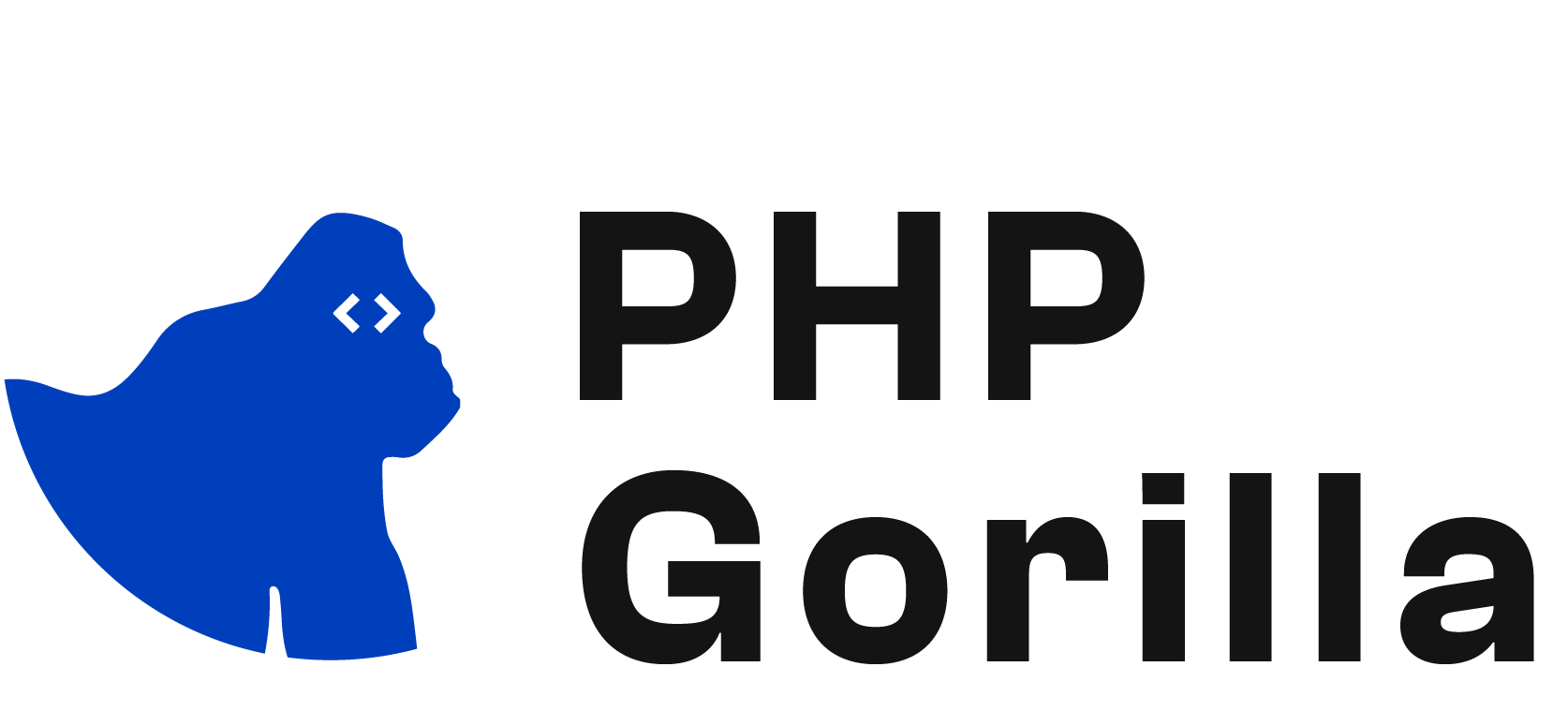Driving more traffic to your website isn’t just about creating compelling content; it starts with the foundation of your site’s structure. Imagine your website as a house. Visitors need to find what they’re looking for easily, or they’ll quickly leave. At PHP Gorilla, we know that a well-organized website can significantly boost user experience and search engine rankings. Here’s a simple guide to improving your site’s structure for more traffic and better engagement.

Understand Your Website's Blueprint
Your website’s structure acts like a roadmap that guides visitors to the right destination. Begin by evaluating how your pages are connected. Are your core pages easy to find? Can users navigate from the homepage to relevant sections without hassle?
Take a moment to sketch out a layout of your website, identifying your main pages and their connections. This clear blueprint will help you pinpoint where structural improvements are needed.
Use Clear and Easy-to-Understand URLs
A URL is like a signpost that tells visitors (and search engines) where to go. Avoid confusing URLs filled with random characters like “example.com/page123.” Instead, opt for straightforward URLs, such as “example.com/fix-website-structure.”
Not only do simple URLs make navigation easier for your audience, but they also improve search engine optimization (SEO), giving your site a better chance of ranking higher in search results.
Create a Logical Navigation System
Navigation is the backbone of user experience. Think of it as the aisles in a store. Clear and intuitive paths guide customers to the products they’re looking for. Your menu should be easy to locate and include key sections like Home, Services, Blog, and Contact.
If you have many pages, use drop-down menus to keep the navigation clean yet comprehensive. Always prioritize what your users need and ensure they can find it effortlessly.
Implement a Responsive Design
With mobile devices accounting for a significant portion of web traffic, having a mobile-friendly design is crucial. Responsive design means that your website will adjust seamlessly to any screen size, ensuring a pleasant experience for visitors using smartphones, tablets, or desktops.
A responsive website creates a welcoming space for users, just like furniture that fits everyone. At PHP Gorilla, we ensure your site looks polished and performs well across all devices.
Optimize Your Content for Search Engines
With your website structure set, it’s time to make your content shine. Focus on integrating relevant keywords naturally throughout your headings and text. Keyword stuffing can harm your SEO and alienate readers, so it’s essential to maintain a balance.
Search engines appreciate content that is well-structured and informative. By subtly incorporating keywords, you’ll improve your chances of ranking higher while keeping your audience engaged.
Use Internal Linking to Enhance User Experience
Internal links act as a virtual tour guide, leading visitors to explore more areas of your website. If you mention a topic in a blog post, include a link to another related page. This not only keeps readers engaged but also strengthens your site’s SEO.
Think of internal links as a breadcrumb trail. Guiding users through your website, encouraging them to explore, and enhancing their overall experience.
Regularly Audit Your Website Structure
Websites are dynamic, and trends can change rapidly. Regularly auditing your website’s structure helps you stay ahead of these changes. Use analytics tools to see where visitors drop off and which pages receive the most clicks. This insight helps you adjust and optimize your site based on user behavior.
At PHP Gorilla, we recommend conducting audits every few months to ensure your website remains user-friendly and performs optimally.
Conclusion
Your website’s structure plays a crucial role in attracting and retaining visitors. By following this guide—creating a clear layout, using easy-to-understand URLs, implementing logical navigation, ensuring mobile responsiveness, optimizing your content, utilizing internal links, and conducting regular audits—you’ll see an increase in traffic and improved user interaction.
At PHP Gorilla, we specialize in web development solutions that boost your site’s performance, ensuring it functions as a well-organized, welcoming space for your audience. Ready to turn your website into a space where visitors want to stay? Let’s get started today!
FAQ's
Why is website structure important for traffic?
Website structure impacts both user experience and search engine optimization (SEO). A well-organized structure makes it easier for visitors to navigate your site, find information, and engage with your content. It also helps search engines index your pages more effectively, which can lead to higher rankings and increased traffic.
How can I check if my website structure needs improvement?
Start by analyzing how your pages are linked together and how easily users can find important information. You can sketch a simple sitemap to visualize your site’s layout. Additionally, use analytics tools to track user behavior and identify problem areas where visitors drop off or struggle to navigate.
What is responsive design, and why is it important for website structure?
Responsive design equips your website to fluidly adapt to any screen size, ensuring users enjoy a uniform and engaging experience across desktops, tablets, and smartphones. It’s important because more people are browsing on mobile devices. If your site isn’t mobile-friendly, you could lose a significant amount of traffic.
How often should I audit my website’s structure?
It’s a good idea to audit your website’s structure every few months. Regular audits allow you to identify issues like broken links, outdated content, or user navigation problems. Adjustments can keep your site functioning smoothly and improve user experience.
How can PHP Gorilla help improve my website’s structure?
At PHP Gorilla, we specialize in building well-structured, user-friendly websites that are optimized for both traffic and SEO. We can audit your current structure, create a logical navigation system, improve URL formats, and ensure your website is responsive across all devices.





